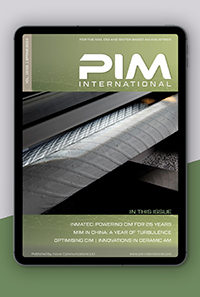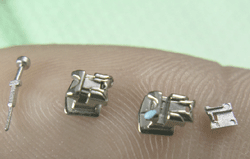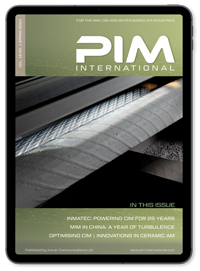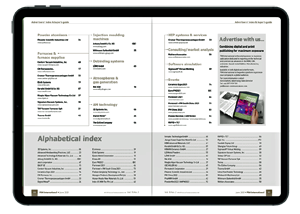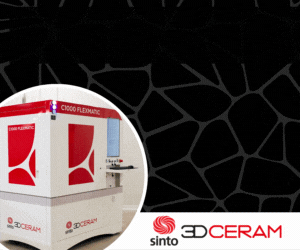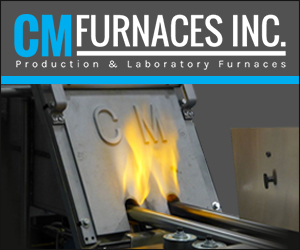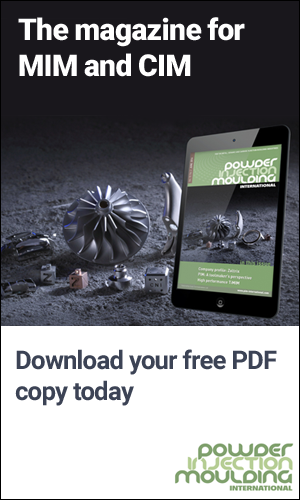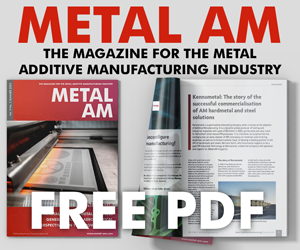Applications for Metal Injection Molding: Medical and Orthodontic
Orthodontic components
One of the first major application areas for Metal Injection Molding was for orthodontic brackets and this still remains a major product for the industry.
These extremely small precision parts are usually made from 316L stainless steel, however Ceramic Injection Molding is increasing being used to make translucent brackets that have a much more discreet appearance.
Surgical instruments
Metal Injection Molding has, over the last 20 years, become an essential manufacturing technology for the medical device industry, thanks to its ability to produce high volume precision components to net-shape.
Implantable Metal Injection Molded devices
There has been much progress towards the development of implantable MIM products for applications such as drug delivery devices and joint replacements.
Suggested reading
Metal Injection Moulding: Building on solid foundations in the medical sector

As published in Vol. 11 No. 1, Spring 2017 (download PDF here)
The medical sector was one of the first major markets for the Metal Injection Moulding industry and in recent decades it has seen a significant growth in applications. In the following report Nick Williams reviews the continuing development of this important sector, with a specific focus on market trends, applications and materials, both regionally and globally. Current challenges to further growth are highlighted and industry insight is provided from industry experts from Asia, Europe and North America.
Next page: Applications: The Automotive Industry
Download PIM International magazine
